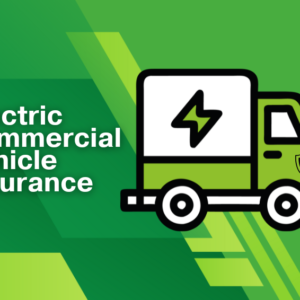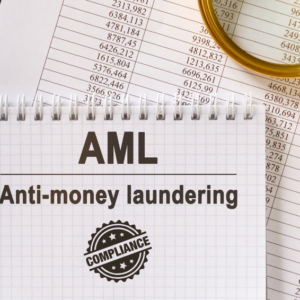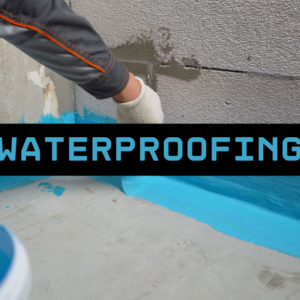Securing a business loan with collateral is a common practice that can help you obtain the funding needed to start or grow your operations. Whether launching a new venture or taking an existing business to the next level, access to adequate financing is crucial.
However, lenders carefully evaluate the collateral pledged to minimize their risk in case of default. They assign value to your collateral to determine how much credit they can give you.
Understanding lenders’ processes when evaluating your collateral can help you increase the chance of securing the required funds.
Process of Evaluating Collateral for Secured Business Loans
This comprehensive guide provides business owners with an in-depth look at how lenders assess different types of collateral for secured business loans. By understanding their process, you’ll gain valuable insights into which assets make the strongest collateral for your specific funding needs.
Types of Collateral for Secured Business Loans
When applying for a secured business loan, you’ll need to determine what assets you can offer as collateral. The most common types include equipment, vehicles, inventory, accounts receivable, real estate, and personal guarantees. Each has benefits and drawbacks to consider for your specific business needs.
Equipment
Tangible business equipment like machinery, computers, tools, and furniture are often used as collateral. Lenders assign equipment a liquidation value based on age, condition, and other factors.
Newer equipment in good working order has more value than older, worn assets. You’ll want to maintain equipment well so it retains maximum worth as collateral.
Vehicles
Company vehicles, trucks, and vans for delivering goods or services can also be used as collateral. To set the liquidated value, lenders look closely at vehicle identification numbers, titles, mileage, and conditions. Keeping vehicles well-cared for is essential to ensure higher valuations.
Regular maintenance records can help convince lenders that vehicles will hold their worth.
Inventory
A business’s stock of raw materials, work-in-progress, and finished goods is another collateral option. Lenders evaluate inventory composition, value if liquidated at a discount rate, and risks of obsolescence or spoilage. Rotating stock helps reduce these risks and maintains higher collateral value over time. Keep thorough inventory records so lenders can review them with ease.
Accounts Receivable
Outstanding invoices and payments owed to the business from customers are a type of collateral. Lenders carefully review accounts receivable aging reports and assess non-payment or delayed remittance risks. Strong customer payment histories help maximize the worth to lenders assign this collateral asset.
Real Estate
Commercial real estate like offices, warehouses, retail stores, and land owned outright by the business can also be used. Lenders order independent appraisals to set the forced liquidation value conservatively. Real estate often provides substantial collateral but requires significant equity positions. Location, property condition, and market trends all impact value assessments.
Personal Guarantees
Business owners can pledge personal assets like real estate, investments, or signatures to secure a loan. Lenders consider your personal credit history and overall net worth carefully. Strong personal finances provide reassurance you’ll repay loans if the business struggles. But personal guarantees also subject your assets to risk if the business fails.
Evaluating Collateral Value
To determine how much they can lend against specific collateral, lenders estimate the asset’s forced liquidation value – the amount it could be sold for quickly if needed. Age, condition, market factors, and liquidation costs all influence this value calculation.
Age and Condition
Older, worn assets have less value than newer equipment in good working order. Lenders carefully assess depreciation based on the original purchase price and asset age. Keeping assets well-maintained maximizes their worth over time.
Market Conditions
A declining market means collateral may fetch less in a quick sale, increasing risk. Broader economic and industry trends impact all valuations. Periods of solid demand often allow higher collateral assessments.
Liquidation Costs
Expenses to repossess, store, transport, repair if needed, and resell the collateral are deducted from the estimated market value to reach liquidation value. Lower projected liquidation costs mean higher amounts lenders can lend against collateral.
Specialized Equipment
Highly customized machinery with limited resale markets has lower liquidation value than generic, widely applicable assets. The more specialized an asset, the less it is worth in a forced sale scenario.
Obsolescence Risk
Technologies or inventory prone to fast depreciation due to new product versions having less collateral worth over the entire loan term. Lenders account for this risk in collateral valuations and lending decisions.
Loan-to-Value Ratio
Lenders calculate the loan-to-value (LTV) ratio to assess risk exposure from the collateral. This ratio compares the loan amount to the collateral’s estimated liquidation value.
For example, if machinery valued at $100,000 is pledged as collateral for a $60,000 loan, the LTV is 60% ($60,000/$100,000). Lower LTV under 80% is preferred as it provides the lender with a sufficient collateral buffer if realizable values are less than estimated.
Higher-risk loans may have lower maximum LTV ratios, such as 60-70%. Less risky borrowers get loans with LTV of up to 80%. This ratio helps lenders structure prudent loan amounts based on the quality and estimated worth of collateral assets.
Monitoring Collateral Value
Lenders periodically review collateral values over the loan term to safeguard their interests, especially long-term loans. They may:
- Inspect assets to check their maintenance and working condition.
- Reappraise real estate collateral periodically, given market fluctuations.
- Monitor inventory, receivables, and equipment for material changes from original collateral lists.
- Request updated business valuations.
If collateral values depreciate significantly, lenders may demand additional security through higher repayments, collateral substitution, or prepayment of part loan amounts to maintain prudent LTV ratios. Non-compliance could trigger defaults.
Final Thoughts
Lenders protect their financial interests by thoroughly evaluating collateral types upfront and continuously monitoring pledged asset values. Understanding how collateral is evaluated for secured business loans provides clarity on viable properties to offer and the maximum loan amount eligible.
With the right collateral mix and credit strengths, secured business loans help fund growth needs while balancing risk for borrowers and lenders. Proper collateral management is critical to long-term financing success.






